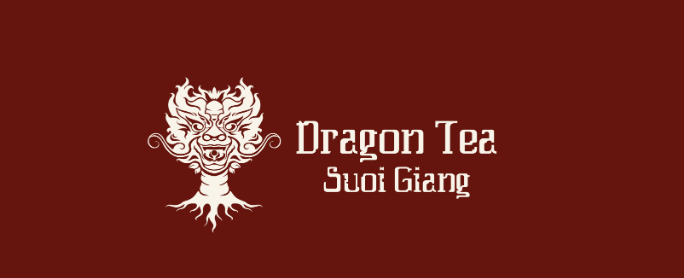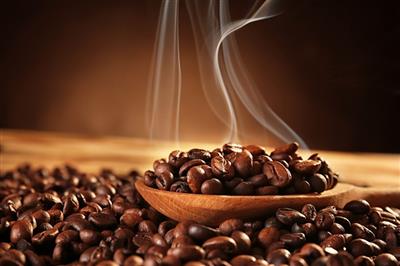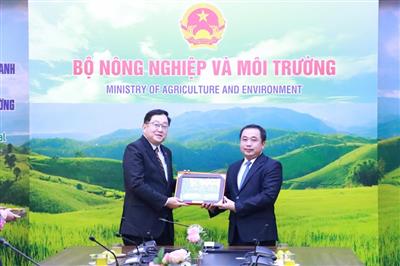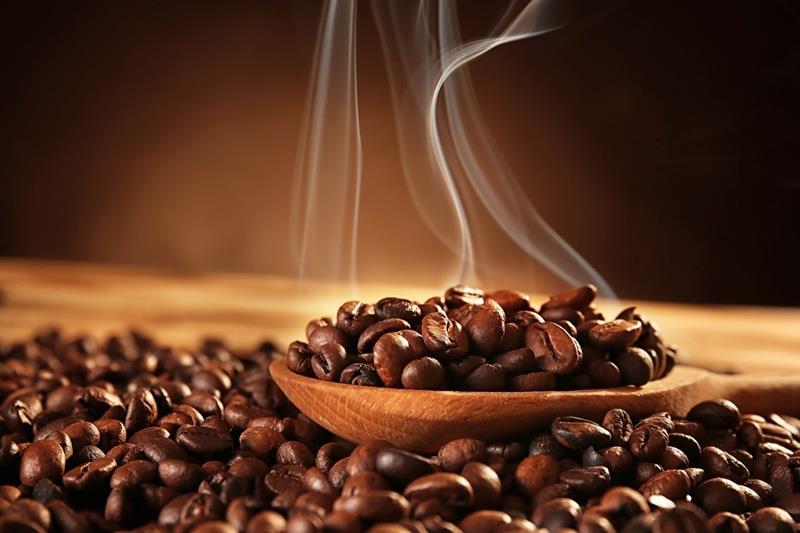
Pittas in Vietnam: Magnificent flying colors
10/07/2024TN&MTThe Environmental Protection Law 2020 took effect from the beginning of 2022, ushering in new policies for biodiversity conservation. The government has issued Decision 149/QĐ-TTg approving the National Strategy on Biodiversity to 2030, with a vision to 2050. These are crucial legal foundations to enhance the effective management of biodiversity resources, including efforts to communication about the protecting wild birds from extinction.
Globally, there are about 10,000 bird species, and in Vietnam, over 900 species have been recorded. An interesting statistic: the number of individual birds worldwide is approximately six times the current 8 billion people on Earth. One of the intriguing factors that contribute to the human world’s beauty, romance, and cultural value - surprisingly - is the presence of wild birds. As one author put it: Perhaps the vast sky and mysterious universe always find a way to send these magnificent, flying, melodious messengers to beautify and convey precious messages to humanity. Wild birds, the heralds of heaven.
The Natural Resources and Environment Magazine has launched a Biodiversity section, featuring photos, articles, and interviews with journalist Do Doan Hoang about these “heralds of heaven”. He has dedicated many years to biodiversity conservation and is passionate about photographing wild birds. The wild birds he has encountered, observed, and photographed are creations of such extraordinary beauty that they defy explanation. Mother Nature is indeed an exceptional artist, a great "fashion designer," at least based on the brilliant colors, enchanting sounds, and whimsical shapes of the birds.
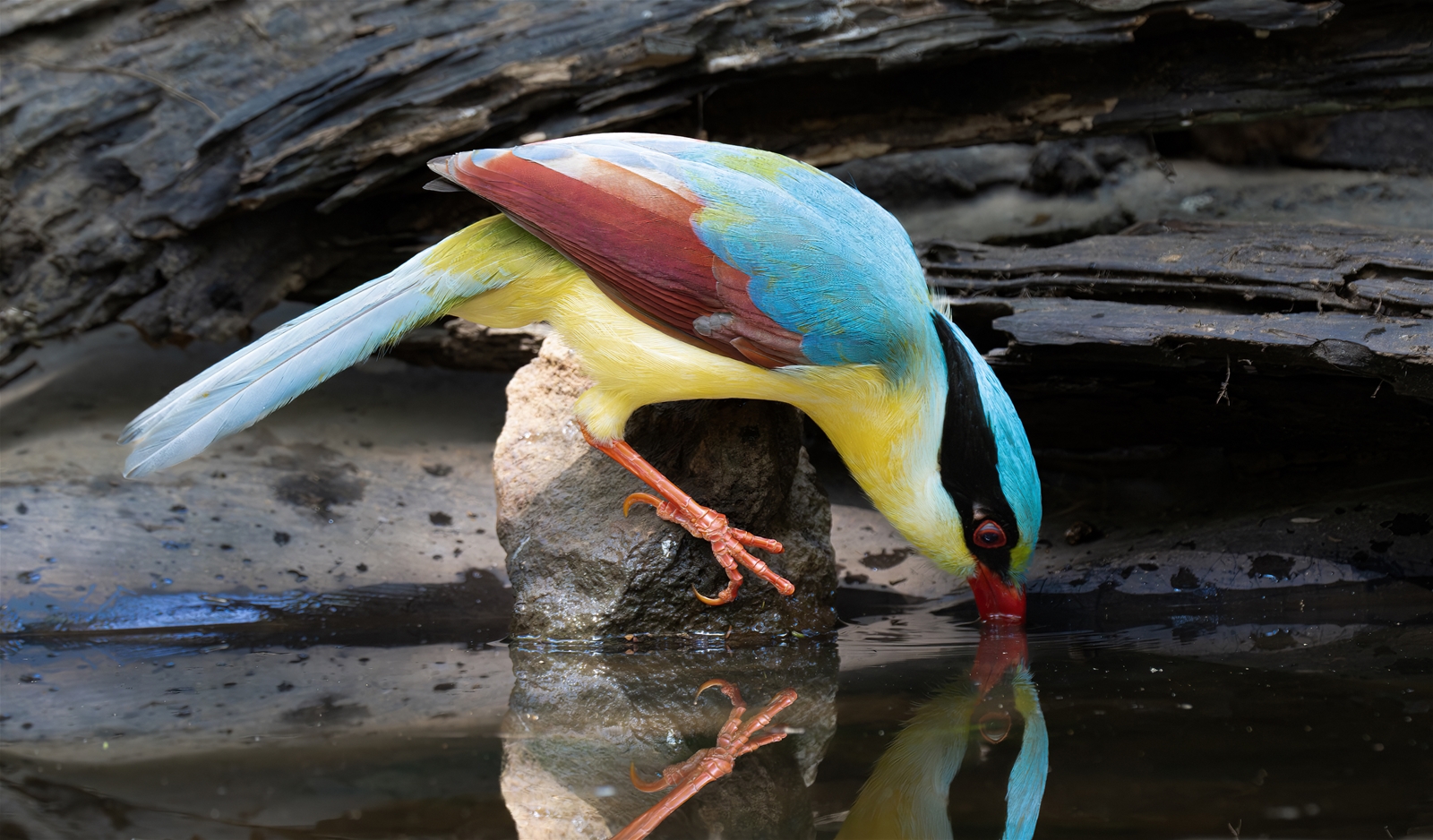
In Vietnam, bird specialty restaurants are proliferating. Bird meat, bird porridge, bird shops, and bird release markets are found in every corner of the country. Therefore, the scene of "birds of the sky and fish of the water" in Xuan Dieu's poem “a boy listening to birds teaching/never learns his lesson; that's usual” is fading. Currently, there are 10 bird species in Vietnam on the brink of critical endangerment and 17 endangered species. Without effective biodiversity conservation actions, including for wild birds, extinction is likely.
So, we ventured into the forests with our cameras, waiting to capture birds. Every time a bird suddenly appeared, our hearts leaped with excitement. The thrill often causes shaky hands, resulting in blurry photos. This shows how difficult it is to find and photograph wild birds in our country. In some other countries, the same bird species can be found easily in parks, approaching humans without fear.
Of course, venturing deep into the forests, with patience, still reveals many beautiful birds. So beautiful that bird enthusiasts from other countries visiting Vietnam are determined: They won't return home until they capture photos of the elegant pitta or the yellow-bellied jay. Many of these species are endemic (only found in Vietnam).

.jpg)
I am particularly fond of pittas (known locally in Vietnam as "đuôi cụt," meaning "short-tailed birds" because they either lack tail feathers or have very short tails). At first glance, they might seem a bit awkward. People are used to roosters with their long, curved tail feathers or jay with tails longer than their bodies. But on closer inspection, if we discard the habit of thinking that birds must have long, curved tails, the short-tailed birds have their own unique beauty.
All pitta species generally appear to birdwatchers and photographers by hopping out of the underbrush or low branches. They move on the ground or on low rocks, perhaps because they fly infrequently and don't need a "rudder" like a tail. Their beauty and intricate, heavenly grace are concentrated in the exquisite colors covering their entire bodies. Their heads, wings, chests, and abdomens are all splendidly interwoven!
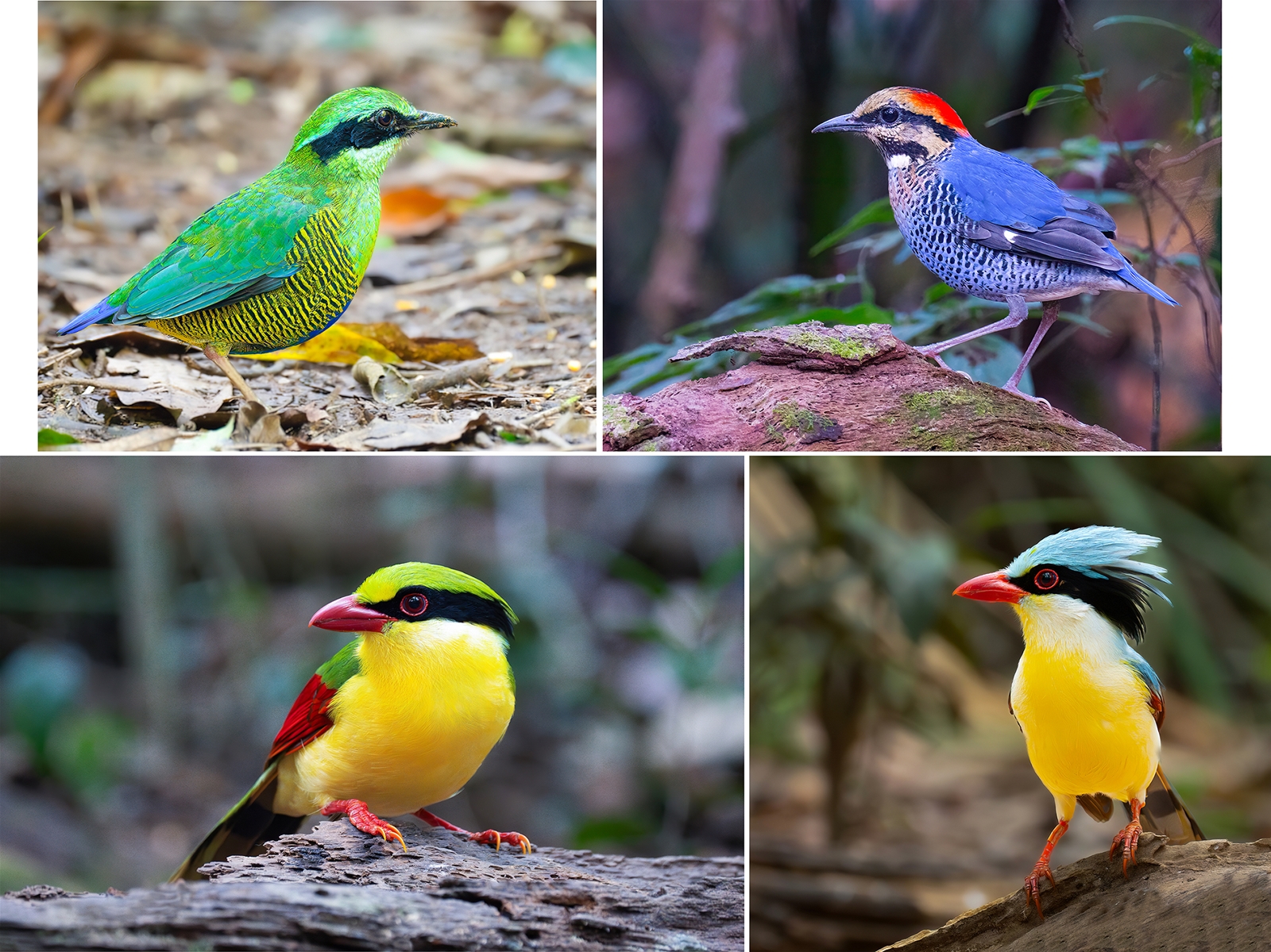
I call them captivating patches of color. It seems that the most mesmerizing colors have been bestowed upon the pitta by the heavens - this gentle, diligent, humble, and dreamy bird.
Male and female pittas hop out lightly like a breeze. They are not overly fearful but remain cautious, their innocent eyes always on us. Even from within our camouflaged hideouts, our telephoto lenses observe them. So, while pittas search for insects or play with decaying leaves, they occasionally glance our way. This provides the opportunity for beautiful photos... to be born. Sadly, some timid birds, without intending to watch us, fly away like a flash at the slightest unease. Capturing birds (or people) without seeing their eyes lacks “the window to the soul”. Thank you, dear pittas, with eyes gentle as deer, for your graceful strolls, dignifiedly hunting worms and snails, reminiscent of the “thoughtful chewing” of buffaloes...
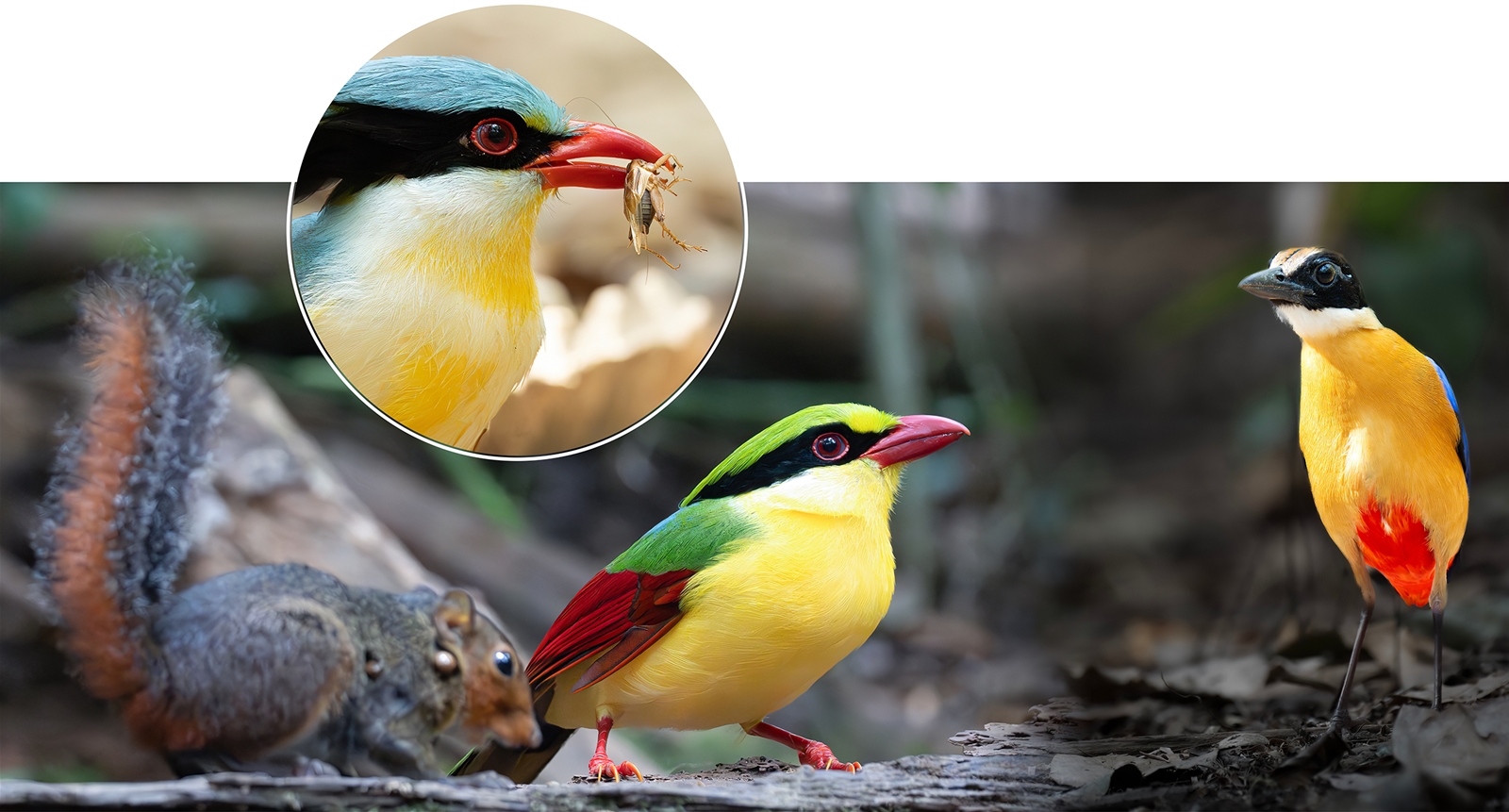
Pittas typically reside in dense underbrush, dark (or very dark) forest clearings full of insects. So, when they appear, photographers often worry about achieving enough light in their photos. They reduce the shutter speed significantly; increasing the ISO (sensitivity) results in blurry and poor-quality images, especially when the bird is far from the camera. Thankfully, pittas are very gentle. So gentle that they can stand still for several minutes, making me wonder if they are colorful statues made of chalk. Photographers advise each other: Use a tripod and shoot at 1/20 second (very slow), as pittas remain still for a long time. Their quickest movement is a dignified... pecking for food. Then, dreamily, with large, doe-like eyes, they survey their surroundings like a slow-motion movie.
A vibrant burst of colors. Green-winged pittas, red-bellied pittas, black-headed pittas, banded pittas, red-headed pittas... - all are blends of intensely vivid colors, astonishingly combining striking patches of color. The chest of many pittas displays a palette of pale red, bright yellow, and blue, scattered like glistening scales, seamlessly connected. I think these scales are more like oil paintings or three-dimensional cubist art. Each part of the body - chest, wings, tail, back - is a different color, each one ablaze. This harmonious blend can captivate and astonish anyone, perhaps even making them tremble.
Similarly, the yellow-bellied jay and the crimson kingfisher exhibit such brilliance. One might exclaim: Heaven did not create such bold and skillful color combinations, nor did humans. The creator must be an artist with mystical and wildly creative powers. If smartphone or luxury car companies could learn to blend colors this way, they would undoubtedly make a fortune.
No wonder birdwatching and wild bird photography are described as a fiery, passionate "pit." Once you fall in, it's hard to escape. And there they are, resplendent in colors, in the joy of discovery and contemplation, leading to enlightenment through nature.

Even more fascinating, if you observe a green-winged pitta in Yok Don National Park, ak Lak province, or venture into Southeast Vietnam, into the Thac Mai forest in Đinh Quan district or the Ma Đa Nature Reserve in Vinh Cuu district, Dồng Nai province. After a brief encounter, you might have to wait an entire year for another sighting. The first German naturalist described the green-winged pitta in 1776. They appear before us in Vietnam after a long migratory journey across the vast surface of the earth: wintering in Borneo and Sumatra (Indonesia), wandering to the Philippines, and then to the large island of Java. Graceful like a high monk, beautiful like a lost princess, sometimes as magnificent as a prince with helmet and armor roaming the mountains...
Few would guess that this stunning bird (pitta) primarily feeds on worms, insects, and hard-shelled snails. Occasionally, we place a few crickets in a crevice, and they slowly hop over, delicately picking their food as if performing a ritual.
Pittas live in pairs, seemingly quite loyal and inseparable. Yet, sometimes, despite years of searching, we only find a single male pitta, with no sign of the female. At other times, green-winged pittas and banded pittas continuously put on dazzling color shows, with males and females lovingly together. It’s spontaneous, these sky wanderers, coming and going according to their own mysterious rhythms.

Another vividly colored bird of the Vietnamese forests is the jay. Some species, like the long-tailed jay, fly elegantly through the dense forest, chattering away. Their long, beautiful tails have become a symbol, an idiom in Vietnamese folklore, which everyone remembers: “Long-tailed jay, good-looking but shallow.” My grandmother often used this phrase when referring to my flashy but poor-performing classmates. The idea is not to focus on appearance but on substance. Sometimes, people use rotten chicken intestines or dead centipedes to lure jays.
The jay, though easy to spot, is currently very popular among global birdwatchers. The green jay, also known as the yellow-bellied jay, is a resident species that was once fairly common in our country (as well as in China and Southeast Asia) until hunters became rampant. After a long period of rarity, this species is now easier to observe in Dong Nai and Lam Dong provinces. With an average length of 35 cm, a sturdy build, the yellow-bellied jay is both majestic like a noble prince and delicate like a wandering noblewoman. Gliding gracefully, hopping elegantly, the yellow-bellied jay's appearance in Di Linh, Tia stream, or Ma Da, Thac Mai (famous birdwatching sites in Lam Dong, Dong Nai) leaves everyone in awe. At that moment, it's no exaggeration to say that most of the surrounding birds seem simple, like "country birds" in comparison.
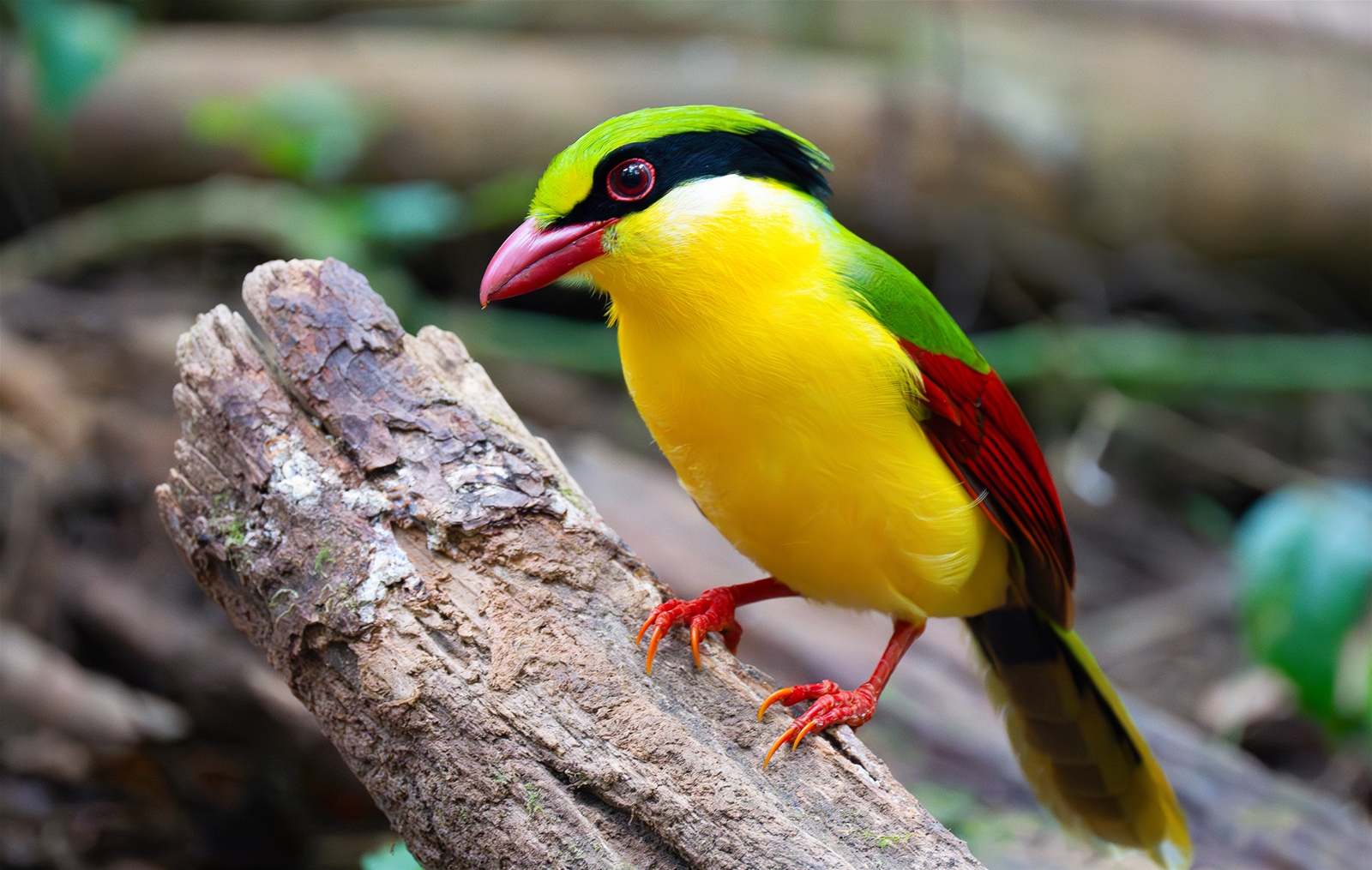
Birds seem to lack the jealousy and envy that humans have, so I often see the yellow-bellied jay and the red-tailed squirrel sharing a meal around a piece of decayed wood without conflict. The jay, despite its large size, bright colors, and majestic presence, never fights with other birds.
Even those fortunate enough to observe the yellow-bellied jay multiple times still feel a thrill when they encounter it. With its green head, it sometimes raises its crest like a commander preparing for battle, giving an impressive display similar to the crested kingfisher. The yellow-bellied jay is even more striking with its red eyes, red beak, bright yellow lower body, red wings, and red legs and feet.
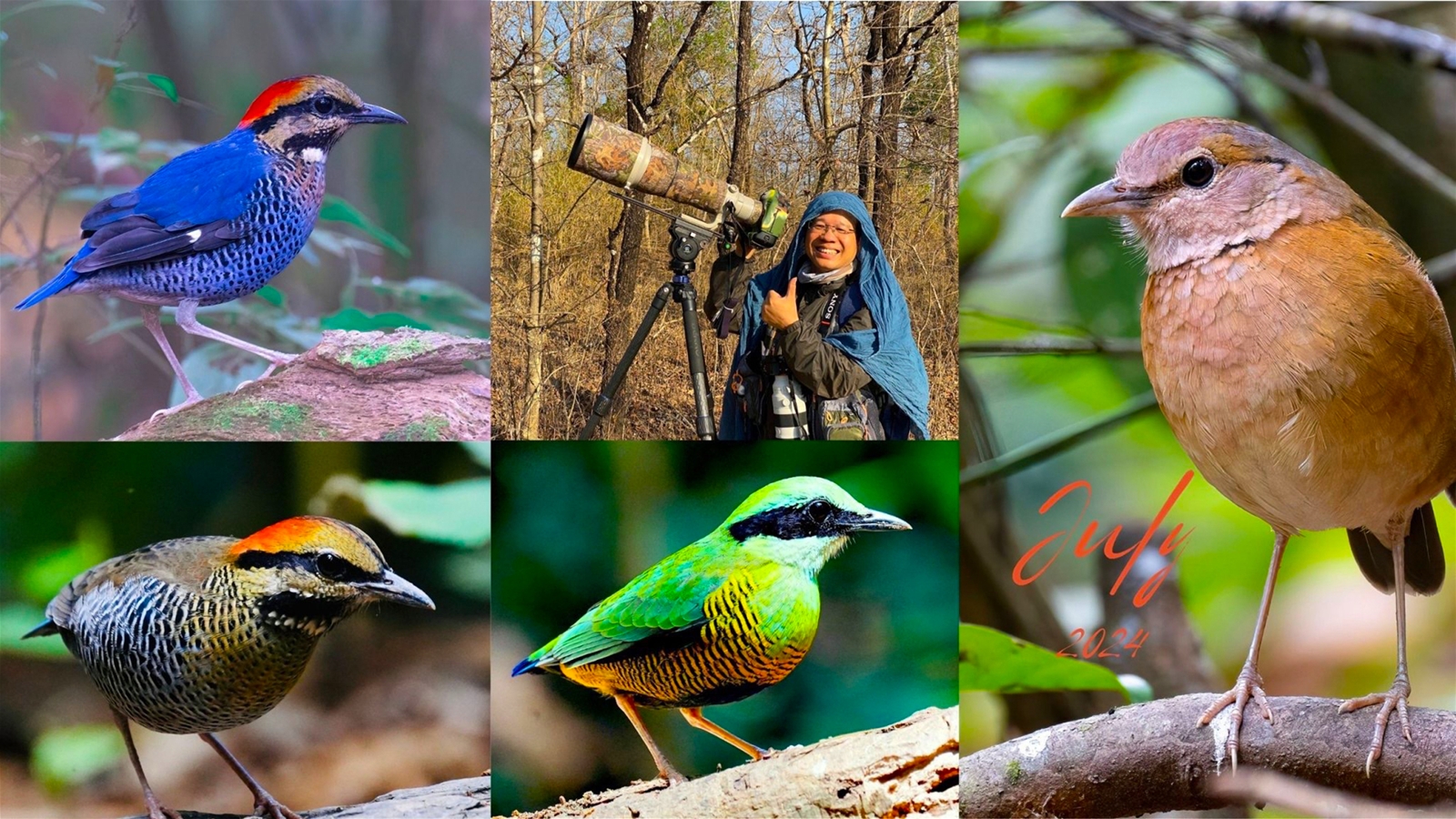
Sometimes, after capturing photos of these colorful birds in Vietnam’s forests, we reminded each other of the wonder of Mother Nature. Viewers often question whether photographers have enhanced the colors using Photoshop. But no, all these vibrant hues are the work of nature itself, no technology or artistry could replicate them.
I wish I could take those who have these questions into the forest to see the pitta, the green jay, and the red kingfisher, so they could be enchanted by these birds...
Do Doan Hoang

